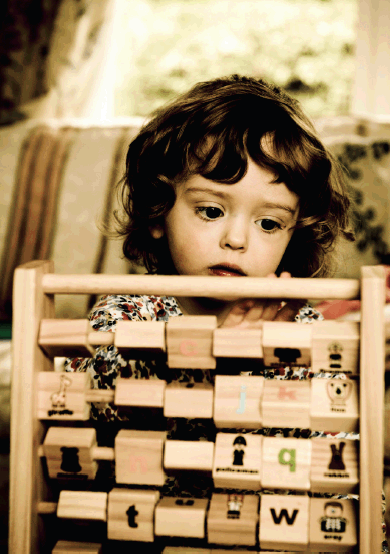Ready to Act - A transformational plan for Children and young people, their parents, carers and families who require support from allied health professionals (AHPs)
The Plan meets the evolving needs of Children and Young People in providing an equitable and sustainable model that reflects the early years agenda and the integration of health and social care services
Introduction
The role of allied health professionals ( AHPs)
AHPs are a distinct group of health and social care practitioners [2] who apply their expertise to prevention, health promotion, diagnosis, treatment and enablement. They work with a range of technical and support staff to deliver direct patient care and provide rehabilitation, self-management support, and enabling and health improvement interventions.
AHPs’ expertise in rehabilitation and enablement will be key to supporting the Scottish Government’s 2020 Vision (currently being reviewed and revised) [3] of everyone being able to live longer, healthier lives at home or in a homely setting.
The National Delivery Plan for AHPs in Scotland, AHPs as Agents of Change in Health and Social Care, [4] was published in 2012. The National Delivery Plan, as it has come to be known, aims to maximise AHPs’ contribution and effectiveness by:
empowering strong professional leadership
enabling the development of integrated teams across health and social care services to support continuous improvement
developing innovative new models of care and fully utilising innovation in health technology
creating added value beyond health and delivering excellent outcomes for all people who use services, their families and carers
providing effective, efficient solutions to the challenges of delivering national policies within financial constraints
strengthening partnerships with the third sector and other agencies.
The National Delivery Plan applies to all AHPs in Scotland, including those who work in social care, which is particularly important as health and social care partnerships emerge. It evolved following a process of national consultation which provided strong support for the vision and direction of travel from a wide range of stakeholders.
One of the National Delivery Plan’s key actions, Action 4.1, is that:
AHP directors will work with AHP leads for children’s services and AHP leads in social care to develop a transformational children and young people’s service plan to meet the evolving needs of this care group and to provide an equitable and sustainable national model that reflects the early years agenda and the move towards integration of health and social care.
This transformational plan begins the process of achieving this action from the National Delivery Plan.
The transformational plan for children and young people accessing AHP services
First, we should explain what we mean by “transformational”.
There is a critical difference between a plan for change and a plan for transformation. Transformation is not simply about implementing shifts in practice. It is also about identifying and carrying out a series of inter-related and interdependent initiatives designed to achieve change in the services we provide.
This transformational plan sets high-level ambitions that will impact significantly on the way services are delivered and experienced. It is underpinned by a fundamental shift in the ways AHPs working with children and young people think about themselves as practitioners, their relationships with children and young people, parents, carers, families and stakeholders, and their current and historical ways of designing and delivering services.
Making this transformational plan a reality for AHPs working with children and young people will require them to commit to culture change.
The plan is built on the significant advances made in many services in the design and delivery of transformational change. Many areas, for example, have moved to adopt the Getting it Right for Every Child ( GIRFEC) model and are essential partners in taking forward Early Years Collaborative workstreams.
Quality and innovative practice is already happening in AHP services for children and young people in Scotland, but levels of inequality of access to services and variability in decision-making in relation to prioritisation and capacity allocation also exist. The transformational plan sets out to deliver the triple aim included in the Route Map to the 2020 Vision for Health and Social Care [5] of increasing population health, improving individual care and reducing costs through improvement. These aims are key to the ambitions of the plan and the measures required to create change.
The plan has evolved through a process of engagement involving AHP leads in the AHP Children and Young People’s Forum, children and young people, parents, carers and families, all of whom participated in the development of the ambitions. A consultation by Children in Scotland [6] in 2014 culminated in a report based on the views of children and young people, their parents, carers and families: the recommendations and highlights from this report are embedded within the plan and are directly linked to each of the ambitions.
What has emerged is, we believe, a transformational plan that presents a bold vision for services that will meet the needs of children and young people. The plan requires leaders and practitioners to transform the way services are designed and delivered.
Any changes in practice culture need to be reflected in pre- and post-registration education. Going forward, we will work collaboratively with higher education providers to ensure that practice change is embedded in curriculum content and practice placements.
This will build on existing good practice, learning from the experiences of others and working as an AHP children and young people’s community to ensure consistent and equitable service delivery. While the plan sets a national direction of travel for AHP services in Scotland, it recognises the need for local implementation to meet the needs of local populations.

Contact
There is a problem
Thanks for your feedback